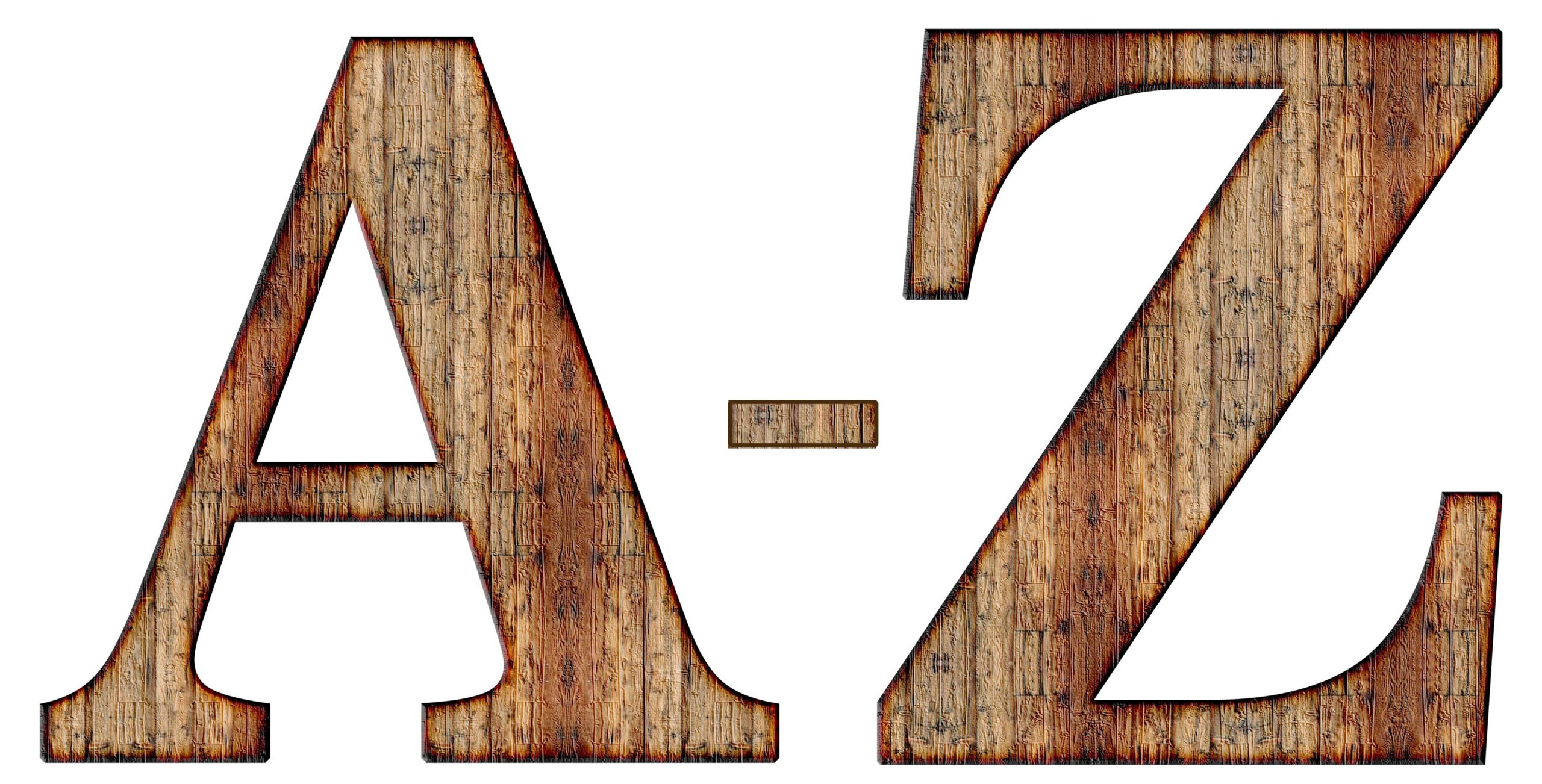 In our latest blog series, we take you through the world of numismatics one letter at a time, bringing you the coin terms, history and facts which make coin collecting a fascinating pastime. This time, we look at the letters F to J.
In our latest blog series, we take you through the world of numismatics one letter at a time, bringing you the coin terms, history and facts which make coin collecting a fascinating pastime. This time, we look at the letters F to J.
F is for Faceless
Coins with a hole through them have been minted all over the world for hundreds of years, and as such, the faces of the monarch or ruler of that country do not appear on them. One such coin was minted in 1936; the year that Edward VIII both became king of Britain, but also abdicated.
No coins were released into circulation in Britain because the new king took particular interest in his portrait, which slowed down their progress. However, some of Britain’s colonies at that time used coins with holes in them that didn’t require the king’s portrait, only his titles and so they released coins of ‘the king who was never crowned’. One such coin was the 1936 British West Africa Penny which features in our Year of Three Kings Heritage Set, which you can see HERE.
G is for Ghosting
Ghosting is the term used for a design from one side of a coin, appearing on the other side of the same coin. Technically, this is due to a large and heavy design on one side of the coin pushing through to the lighter side of the coin while being struck.
This was particularly noticeable on the coins from the early part of George V’s reign as his portrait on the obverse faintly appeared on the reverse.
H is for Hologram
In an effort to reduce forgeries and to make it more secure, Britain released a new one-pound coin in 2017. Among its security features is a hologram, which appears at the base of the obverse of the coin and at first glance looks like a tiny grill.
But, as you tilt the grill to one side the number “1” becomes visible, and then tilt it to the other side and the “£” symbol becomes visible.
A holo-proof security feature of Queen Elizabeth II is used on our 2018 Sapphire Coronation Jubilee Gold Sovereign, which you can view HERE.
I is for International
According to the United Nations there are currently 180 recognised currencies in the world. Starting alphabetically with the Abkhazian apsar and ending with the Zimbabwean RTGS dollar.
The most used currency, geographically speaking, is the Euro, which is used in 26 countries. The US dollar comes next, being used in 14 countries or territories. The British pound is used in 5 countries or territories; the United Kingdom, Alderney, Guernsey, Isle of Man, and Jersey.
J is for Jubilee
The formal celebration of the jubilee of a British monarch began with the Golden Jubilee of George III in 1809. Since then, there have been a further nine celebrations of Royal jubilees, spanning the reign of three monarchs. Commemorative coins have been released to celebrate royal jubilees since 1935.
Her Majesty Queen Elizabeth II will next year achieve something that no previous British monarch has; the celebration of her Platinum Jubilee, and an amazing 70 years on the throne.
Next time, in our Alternative A-Z of Coins, we will look at the letters K to O.


